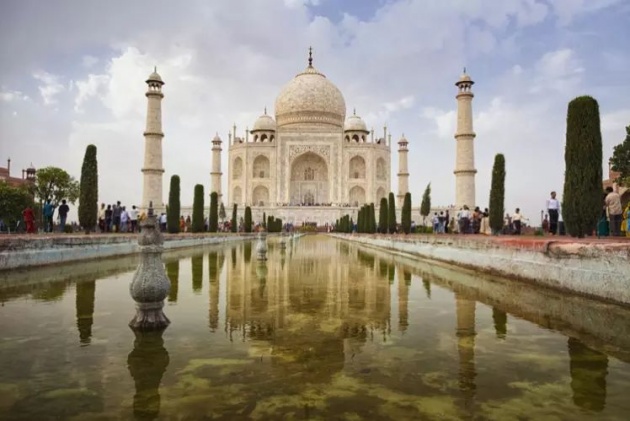
Legend has it that Mughal ruler Shah Jahan ordered the hands of the Taj Mahal builders to be chopped off after it was completed, to prevent them from ever building anything so beautiful again - although no written evidence supports this story. The elegance of the mausoleum can be attributed to clever engineering. To make the Taj Mahal appear perfectly straight from ground level, the architect designed the minarets to slant slightly outward, which also ensured that in the event of an earthquake they would fall away from the mausoleum’s precious dome/
Taj Mahal was built in 22 years (1631-1653) with the orders of Shah Jahan and it was dedicated to Mumtaz Mahal (Arjumand Bano Begum), the wife of Shah. 20.000 workers labored and 32 crore rupees were spent during the construction of the monument and it was built according to Islamic architecture. It is one of the Unesco world heritage site.
The Taj Mahal is regarded by many as the best example of Mughal architecture and is widely recognized as "the jewel of Muslim art in India". It is one of the world’s most celebrated structures and a symbol of India’s rich history. Designated a UNESCO World Heritage Site in 1983, the Taj Mahal attracts some 3 million visitors a year. On 7 July 2007 it was declared one of the Seven winners of New7Wonders of the World (2000–2007) initiative in Lisbon.



